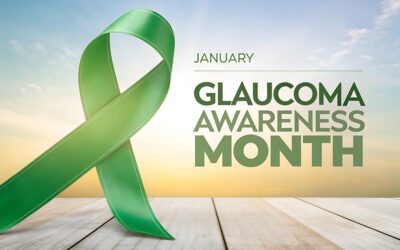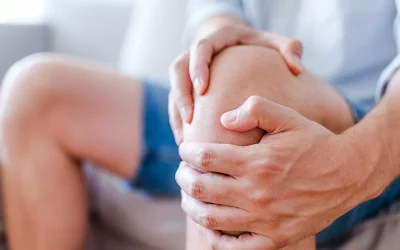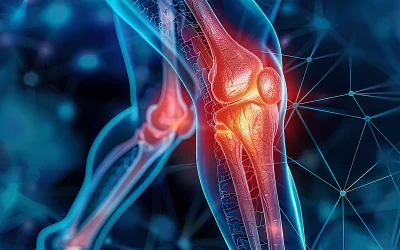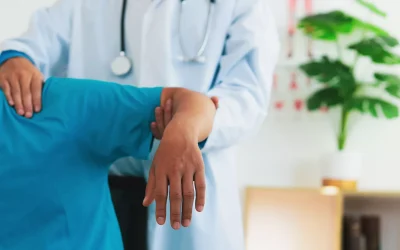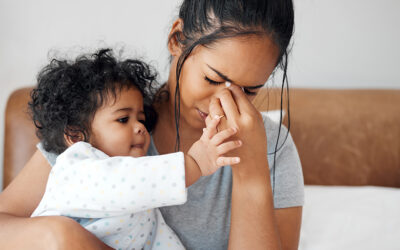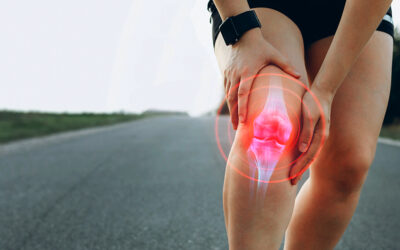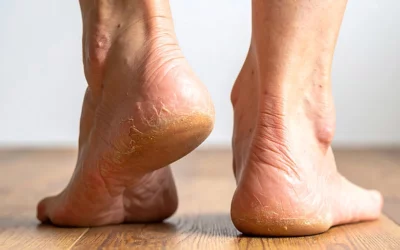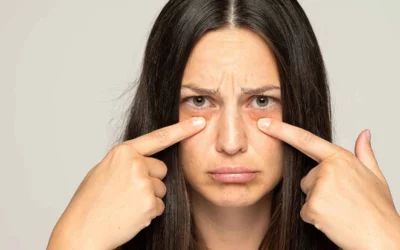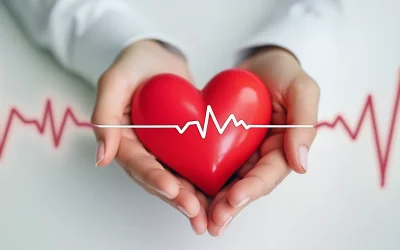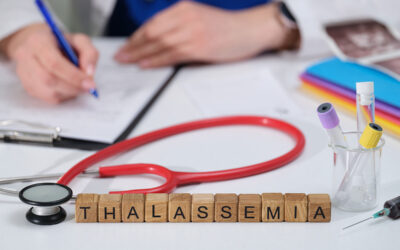Lower Back Pain: Causes, Symptoms & Treatment
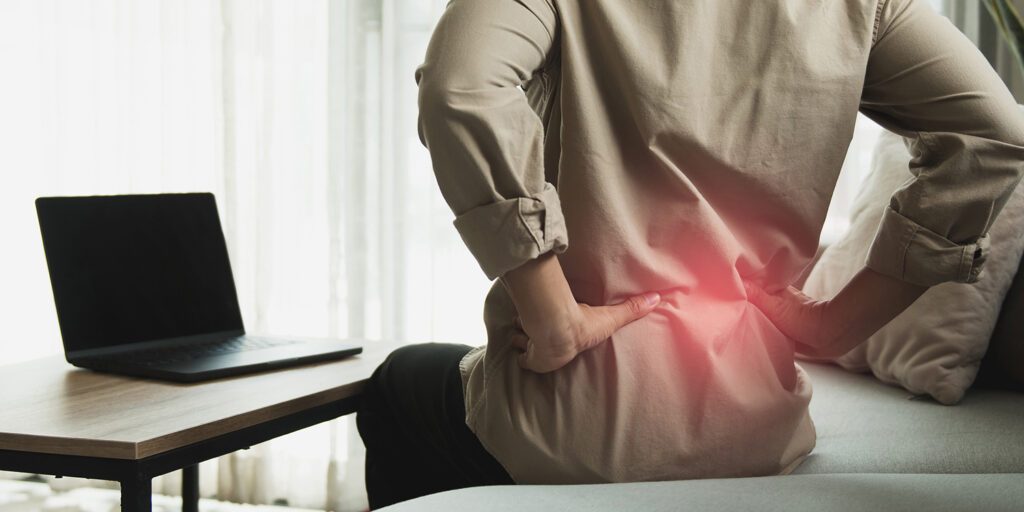
Lower back pain is one of the most common health complaints, affecting individuals across age groups, from young professionals to older adults. It can range from a dull ache to severe discomfort, often interfering with routine activities such as walking, sitting, or lifting objects. While most cases are short-lived and improve with simple measures, persistent or worsening pain may indicate deeper issues involving the spine, nerves, or muscles. In this article, we will discuss the key causes, associated symptoms, risk factors, diagnosis, treatment options, home remedies, and expert care available for lower back pain.
Table of Contents
ToggleUnderstanding Lower Back Pain
The lower back, or lumbar region, supports the upper body’s weight and provides mobility for daily movements such as bending, twisting, and lifting. This area is made up of vertebrae, intervertebral discs, nerves, ligaments, and muscles that work together to maintain posture and stability. Pain in this region may arise from strain, injury, degeneration, or irritation of any of these structures.
Lower back pain can be acute, lasting a few days to weeks, or chronic, persisting for three months or longer. In many cases, it may be linked to repetitive movements, poor posture, or age-related wear and tear. If not addressed early, it can interfere with quality of life and lead to limited mobility, especially when underlying spine or nerve conditions are involved.
Key Causes of Lower Back Pain
There are multiple reasons why lower back pain may develop, ranging from sudden injuries to long-term structural changes. Identifying the cause is essential for effective treatment and long-term relief.
Common lower back pain causes include:
- Muscle or ligament strain: Sudden movements, lifting heavy objects, or poor physical conditioning can cause microscopic tears in muscle fibres, leading to pain and stiffness.
- Degenerative disc disease: Age-related wear of spinal discs can lead to reduced cushioning between vertebrae, resulting in lumbar spine pain and limited flexibility.
- Herniated or bulging discs: When discs press against nearby nerves, it can trigger sciatica pain, sharp, radiating discomfort down the leg.
- Spinal arthritis: Inflammation of spinal joints, especially in older adults, can lead to chronic stiffness and discomfort in the lower back.
- Spinal fractures or injuries: Accidents, falls, or osteoporosis can cause vertebral fractures, leading to severe back pain and mobility issues.
- Abnormal spinal curvature: Conditions such as scoliosis or lordosis can place uneven stress on the spine, resulting in lower back pain.
- Infections or tumours: Although less common, spinal infections or cancer can also cause pain in the lower back and hips.
- Poor posture and sedentary lifestyle: Slouching, prolonged sitting, or weak core muscles can strain the lumbar region and gradually lead to pain.
Common Risk Factors and Triggers
Several everyday habits, health conditions, and physiological changes can increase the likelihood of developing lower back pain. Understanding these risk factors can aid in prevention and early management. Key back pain triggers and contributing factors include:
- Ageing: The natural degeneration of discs and joints makes individuals over 40 more prone to lumbar spine pain and stiffness.
- Sedentary lifestyle: Lack of physical activity weakens the core and back muscles, increasing the risk of strain and postural issues.
- Obesity: Excess body weight places additional stress on the spine and surrounding muscles, particularly in the lower back.
- Improper lifting techniques: Bending from the waist or lifting heavy objects without support can cause muscle strain or disc injury.
- Prolonged sitting or poor posture: Occupations involving long hours at a desk or driving can strain spinal structures, especially when posture is not ideal.
- Stress and mental health issues: Emotional stress can cause muscle tension and contribute to chronic back pain, a link often underestimated.
- Female hormonal changes: Conditions such as endometriosis, menstrual cramps, or pregnancy may lead to female lower back pain due to pelvic and lumbar strain.
- Smoking: Reduces blood flow to spinal tissues, impeding healing and increasing the risk of disc degeneration.
When to See a Doctor for Lower Back Pain?
While occasional discomfort in the lower back may resolve with rest and home care, certain signs indicate the need for medical attention. Ignoring these red flags can lead to worsening symptoms or long-term damage.
Consult a specialist if any of the following occur:
- Pain persists despite rest, medication, or physiotherapy.
- Pain radiating to the leg, foot, or groin, especially if accompanied by tingling or numbness, are sign of possible nerve compression.
- Loss of bladder or bowel control, which may indicate cauda equina syndrome – a medical emergency.
- Progressive weakness in the legs, making walking or standing difficult.
- Severe pain at night or while resting, especially if linked with fever or unexplained weight loss, which may signal infection or malignancy.
- Back pain after trauma such as a fall, accident, or injury, particularly in older adults at risk of spinal fractures.
- Pain that worsens when sitting or lying down, disrupting sleep or daily function despite self-care.
Early diagnosis is critical, especially when structural damage, inflammation, or nerve involvement is suspected. A back pain specialist can evaluate the condition and suggest appropriate imaging or referrals if needed.
How Lower Back Pain is Diagnosed
Accurate diagnosis is the first step towards effective treatment of lower back pain. At Graphic Era Hospital, specialists use a combination of clinical evaluation and advanced imaging to pinpoint the underlying cause and assess the extent of damage.
The diagnostic process typically includes:
- Detailed medical history: Information about the onset, duration, intensity, and triggers of pain helps narrow down potential causes. Any previous injuries, occupational habits, or chronic illnesses are also noted.
- Physical examination: The doctor may check for posture, muscle tightness, nerve function, spinal alignment, and range of motion. Certain movements or reflex tests help identify nerve root involvement.
- Imaging studies:
- X-rays help detect bone abnormalities, fractures, or signs of arthritis.
- MRI scans offer detailed views of soft tissues, discs, nerves, and inflammation.
- CT scans may be used for more complex spinal evaluations, especially when assessing disc or bone structures.
- Nerve studies (EMG): Recommended if there are symptoms such as numbness, tingling, or leg weakness to evaluate nerve function.
These tools aid in distinguishing between muscle strain, disc-related issues, degenerative conditions, or more serious causes such as infections or tumours.
Treatment Options for Lower Back Pain
Treatment for lower back pain depends on the underlying cause, duration, and severity of symptoms. At Graphic Era Hospital, a personalised plan is developed that may combine medication, physiotherapy, and advanced interventions where necessary.
Common lower back pain treatment approaches include:
- Medications: Pain relievers such as NSAIDs, muscle relaxants, or nerve pain medications are often prescribed to reduce discomfort and inflammation.
- Physiotherapy: Tailored exercises and manual therapy help strengthen back and core muscles, improve flexibility, and correct posture. This is often the first line of treatment for chronic or recurrent back pain.
- Hot and cold therapy: Used to relax tight muscles and reduce acute inflammation.
- Injections: In cases involving nerve compression or inflammation, corticosteroid injections may be used to target specific areas of pain.
- Minimally invasive procedures: For persistent or severe cases, options such as nerve blocks, radiofrequency ablation, or even surgical intervention may be considered.
- Surgical treatment: Rarely required, but may be advised for spinal fractures, severe disc herniation, or conditions such as spinal stenosis causing neurological deficits.
The goal of treatment is not only pain relief but also the restoration of normal function and prevention of recurrence.
Effective Home Remedies and Relief Measures
For many individuals with mild to moderate lower back pain, conservative care at home can offer significant relief. These methods are most effective when used early or in combination with medical treatment.
Helpful home remedies for lower back pain relief include:
- Hot or cold compresses: Applying a heating pad or ice pack to the affected area for 15–20 minutes can reduce inflammation, ease stiffness, and soothe sore muscles.
- Gentle stretching: Light stretching of the hamstrings, hips, and lower back can relieve tension and improve mobility.
- Over-the-counter pain relief: Non-prescription medications such as ibuprofen may help manage occasional flare-ups when used as directed.
- Posture correction: Being mindful of body alignment while sitting, standing, or sleeping can prevent further strain on the lumbar spine.
- Rest with movement: While rest is important, prolonged inactivity can worsen stiffness. Short walks and light activity are encouraged unless pain is severe.
- Supportive sleep setup: Using a medium-firm mattress and placing a pillow under the knees (for back sleepers) or between the legs (for side sleepers) can reduce strain while resting.
Note: These remedies work best for muscular pain or minor strain. Persistent or worsening symptoms, however, require clinical evaluation.
Lower Back Pain Exercises and Lifestyle Tips
Long-term relief from lower back pain often depends on strengthening the body and adopting healthier daily habits. Safe, consistent movement and improved ergonomics can prevent recurrence and support spinal health.
Recommended lower back pain exercises and strategies include:
- Pelvic tilts and bridges: Strengthen the core and lower back muscles without putting excess pressure on the spine.
- Cat-cow stretches and child’s pose: Improve flexibility and relieve lumbar spine stiffness.
- Knee-to-chest stretches: Help reduce tension in the hips and lower back region.
- Walking and low-impact aerobics: Improve blood circulation, reduce stiffness, and support overall back health.
- Yoga and physiotherapy-guided movements: Customised sessions can target specific muscular imbalances or postural issues.
Lifestyle habits to support back health:
- Use proper lifting techniques: Bend at the knees, not the waist, and hold objects close to the body.
- Maintain a healthy weight: Reduces pressure on spinal structures and joints.
- Create an ergonomic workspace: Adjust chair height, back support, and screen level to reduce postural stress.
- Prioritise sleep posture: Sleeping on the side with a pillow between the knees or on the back with support under the knees can relieve pressure.
Why Choose Graphic Era Hospital for Lower Back Pain Treatment
At Graphic Era Hospital, lower back pain is approached with a focus on accurate diagnosis, multidisciplinary care, and long-term recovery. The hospital brings together specialists in spine care, orthopaedics, physiotherapy, and pain management to ensure comprehensive treatment.
Expert Care
The team includes experienced Orthopaedic specialists & physiotherapists who work together to identify the root cause and design individualised care plans. From acute injuries to chronic back pain, patients receive targeted therapies tailored to their condition.
Cutting-Edge Technology
Advanced imaging techniques such as MRI and CT scans help assess spinal alignment, disc condition, and nerve involvement with precision. The hospital also offers minimally invasive procedures and physiotherapy suites equipped for guided rehabilitation.
Patient-Centred Care
Graphic Era Hospital prioritises patient education, comfort, and recovery goals. Whether the focus is pain relief, movement restoration, or postural correction, care is delivered with empathy and transparency, ensuring patients stay informed and involved at every step.
Take the First Step Towards Relief
Lower back pain can be more than just a physical nuisance; it can interfere with everyday activities, sleep, and overall quality of life. Whether it’s due to a muscle strain, disc issue, or postural imbalance, timely diagnosis and the right treatment can make all the difference. At Graphic Era Hospital, patients receive expert-led care backed by advanced diagnostics and compassionate support.
To consult a back pain specialist or book an appointment at Graphic Era Hospital, call 18008897351 today.
Frequently Asked Questions
What are the common back pain causes in women?
Back pain in women may be linked to hormonal changes, pregnancy, endometriosis, or gynaecological conditions such as osteoporosis. Postural strain and prolonged standing can also contribute to discomfort in the lumbar region.
Can poor posture lead to chronic back pain?
Yes, poor posture over time can cause muscle fatigue, spinal misalignment, and strain on ligaments, leading to chronic lower back pain. Ergonomic corrections and core strengthening exercises can help.
How effective is physiotherapy for back pain relief?
Physiotherapy is highly effective for most non-surgical cases. It strengthens the back and abdominal muscles, improves flexibility, and reduces pain through guided stretches and therapeutic exercises.
What is the link between back pain and stress?
Chronic stress can cause muscle tension, particularly in the shoulders and back. It may also alter pain perception, making back pain feel more intense or persistent.
Are there specific sleeping positions for lower back pain relief?
Yes, sleeping on the side with a pillow between the knees or on the back with a cushion under the knees can help reduce lumbar pressure. A supportive mattress is equally important.
When should someone consider seeing a back pain specialist near me?
If the pain lasts longer than a few weeks, worsens with time, or is accompanied by neurological symptoms such as numbness or leg weakness, it’s best to consult a spine or back pain specialist.
By Specialities
- Bariatric Surgery
- Cancer Care
- Cardiology
- Dental
- Dermatology
- Diabetes & Endocrinology
- Endocrinology and Diabetes
- ENT (Ear Nose Throat)
- Eye Care
- Gastroenterology
- Haematology
- Health Care
- Health Tips
- Hematology
- Hepatology
- Internal Medicine
- Mental Health and Behavioural Sciences
- Metabolic
- Neonatology
- Nephrology
- Neurology
- Nutrition & Dietetics
- Obstetrics & Gynaecology
- Oncology
- Ophthalmology
- Orthopaedics
- Paediatric
- Physiotherapy & Rehabilitation
- Plastic and Reconstructive Surgery
- Psychology
- Pulmonology
- Rheumatology
- Spine
- Urology
Recent Posts
Need expert medical advice?
Share your details and our healthcare specialists will reach out to assist you.
By proceeding, you acknowledge and agree to our Privacy Policy, Terms of Use, and Disclaimer.

